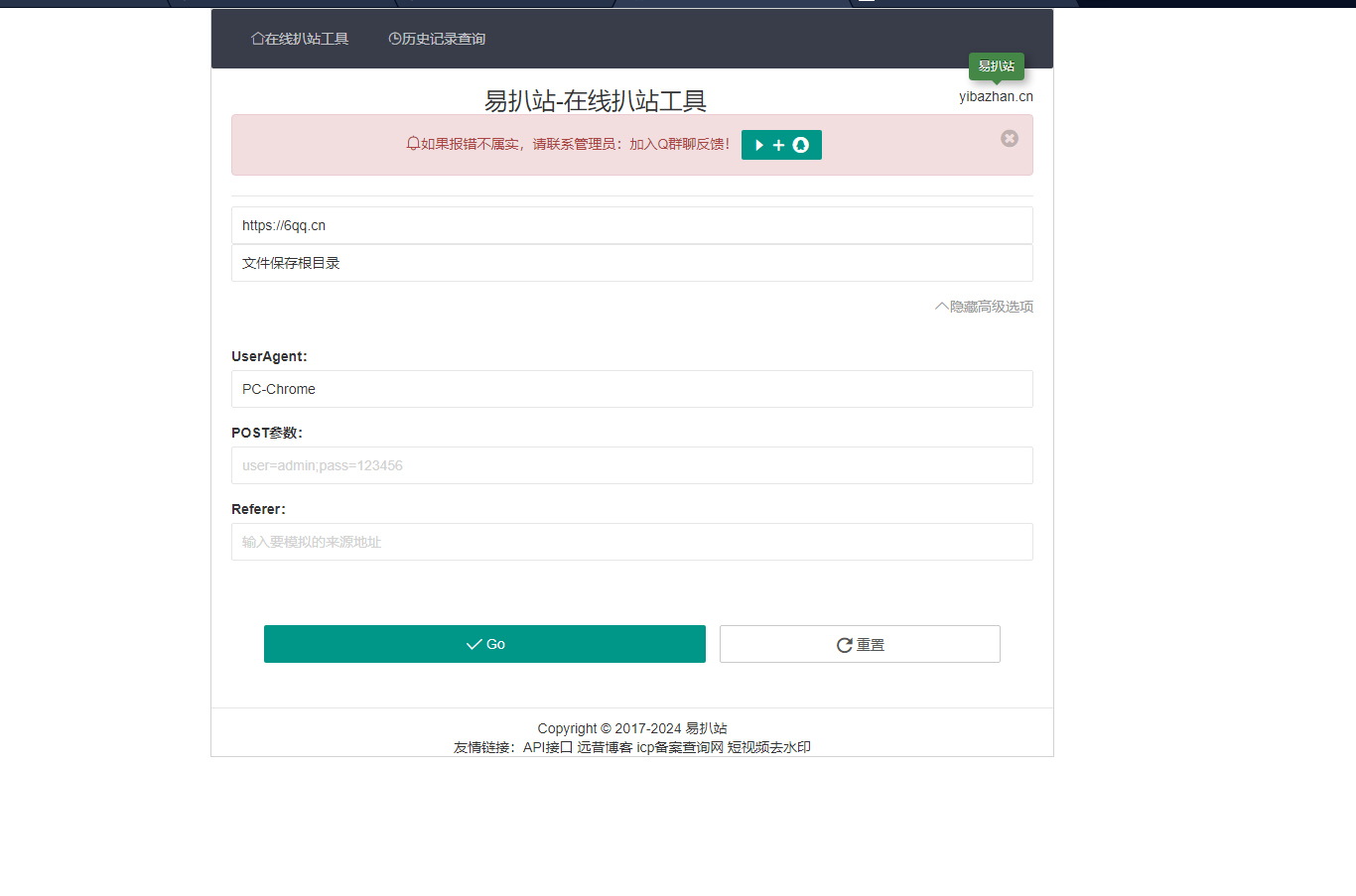下面由laravel教程欄目帶大家了解一下laravel中的管道,分享一個laravel中的管道的使用實例,希望對大家有所幫助!

從代碼的角度介紹管道的實際使用方式。有關(guān)管道的說明,網(wǎng)上已有較多的篇幅介紹,自行查閱。 本篇博客是使用管道處理名字, 實現(xiàn)統(tǒng)一處理的目的。
背景: 目前能找到的使用管道的介紹也很多,大多停留在對其介紹和引導,真正的深入到代碼的部分不多。根據(jù)介紹,使用管道也有一定的阻礙,這里分享一篇關(guān)于使用管道的詳細的代碼實例,僅供參考。 本篇介紹是自己真實使用的過程的代碼摘錄,親自測試,真實可用。只為拋磚引玉,不喜勿噴。
一、控制器
路由器部分
Route::get('/pipe',?['as'=>'pipe',?'uses'=>'PipeController@index']);
控制代碼
<?php namespace ApphttpControllers; use AppPipesLeftWords; use AppPipesRightWords; use AppPipesBothSidesWords; use IlluminateHttpRequest; use IlluminatePipelinePipeline; use AppUser; use IlluminateSupportStr; use IlluminateSupportFacadesHash; class PipeController extends Controller { /* 定義管道 * * 第一步處理 * 第二部處理 * 第三部處理 * */ protected $pipes = [ LeftWords::class, RightWords::class, BothSidesWords::class, ]; // 首頁 public function index(Request $request){ $name = $request->input('name'); ????????//?$name?=?Str::random(10); ????????return?app(Pipeline::class) ????????????->send($name) ????????????->through($this->pipes) ????????????->then(function?($content)?{ ????????????????return?User::create([ ????????????????????'name'?=>?$content, ????????????????????'email'=>Str::random(10).'@gmail.com', ????????????????????'password'=>Hash::make('password'), ????????????????]); ????????????}); ????} }
二、管道部分
目錄結(jié)構(gòu)如下:
├─app │??│??User.php │??├─Http │??│??... │??│ │??├─Models │??│??... │??│ │??├─Pipes │??│??│??BothSidesWords.php │??│??│??LeftWords.php │??│??│??RightWords.php │??│??│ │??│??└─Contracts │??│??????????PipeContracts.php
-
Interface的代碼 路徑app/Pipes/Contracts/Pipe.php下的代碼如下:
<?php namespace AppPipesContracts; use Closure; interface PipeContracts { public function handle($body, Closure $next); } -
三個管道的類的代碼LeftWords.php的代碼
<?php namespace AppPipes; use AppPipesContractsPipeContracts; use Closure; class LeftWords implements PipeContracts{ public function handle($body, Closure $next) { // TODO: Implement handle() method. $body = 'left-'.$body; return $next($body); } }LeftWords.php的代碼
<?php namespace AppPipes; use AppPipesContractsPipeContracts; use Closure; class RightWords implements PipeContracts{ public function handle($body, Closure $next) { // TODO: Implement handle() method. $body = $body.'-right'; return $next($body); } }BothSidesWords.php的代碼
<?php namespace AppPipes; use AppPipesContractsPipeContracts; use Closure; class BothSidesWords implements PipeContracts{ public function handle($body, Closure $next) { // TODO: Implement handle() method. $body = '['.$body.']'; return $next($body); } }
這里我們使用管道默認的方法handle,你可以自定義方法名。像下面這樣定義myHandleMethod為處理方法名稱。
return?app(Pipeline::class) ???????->send($name) ???????->through($this->pipes) ???????->via('myHandleMethod') ???????->then(function?($content)?{ ???????????return?User::create([ ???????????????'name'?=>?$content, ???????????????'email'=>Str::random(10).'@gmail.com', ???????????????'password'=>Hash::make('password'), ???????????]); ???????});
你這樣定義后,修改你的interface,同時修改你的實現(xiàn)類即可。
三、結(jié)果說明
訪問http://localhost/pipe?name=lisa之后,能成功打印出獲取的結(jié)果。User表內(nèi)部,有數(shù)據(jù)保存成功。
{ "name":?"[left-lisa-right]", "email":?"3riSrDuBFv@gmail.com", "updated_at":?"2020-09-05T05:57:14.000000Z", "created_at":?"2020-09-05T05:57:14.000000Z", "id":?15 }
更多編程相關(guān)知識,請訪問:laravel!!
? 版權(quán)聲明
文章版權(quán)歸作者所有,未經(jīng)允許請勿轉(zhuǎn)載。
THE END


















